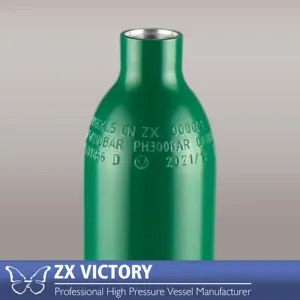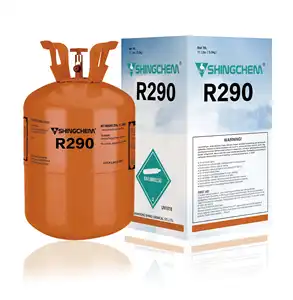Understanding Refrigerant Gas
Refrigerant gas is a vital component in various cooling systems, playing a crucial role in air conditioning units, refrigerators, and heat pumps. These gases absorb heat from the environment and contribute to the cooling effect by undergoing a phase change from a liquid to a gas and vice versa.
Types and Applications
The types of refrigerant gas include a wide range of compounds such as r134a, r410a, and r22 refrigeration gases. Each type has specific applications, with r410a refrigerant gas commonly used in modern air conditioning systems due to its efficiency and lower environmental impact. The r32 refrigerant is another example, known for its lower global warming potential. These gases are not only used in residential and commercial air conditioning but also in industrial refrigeration and automotive air conditioning systems, including the 1234yf refrigerant for vehicles.
Features and Materials
Refrigerant gases are characterized by their molecular formula and physical properties such as boiling point and critical pressure. The materials used in the production of these gases are often halogenated compounds, including chlorofluorocarbons (CFCs), hydrochlorofluorocarbons (HCFCs), like r22, and hydrofluorocarbons (HFCs), such as hfc 134a. However, due to environmental concerns, the use of certain substances like r12 gas has been phased out in favor of more eco-friendly alternatives.
Environmental Impact and Safety
The environmental impact of refrigerant gases is a significant consideration. Gases such as hcfc and hfc134a have been scrutinized for their ozone depletion potential and global warming impact. Consequently, the industry is shifting towards gases like r600a and r32 refrigerant, which are known for their lower environmental footprint. Safety is also paramount, with non-flammable, non-toxic, and eco-friendly options being preferred to ensure both user safety and environmental protection.
Packaging and Usage
Refrigerant gases come in various packaging options, from disposable canisters to refillable cylinders, catering to different scales of use from domestic appliances like gas fridge units to large-scale commercial air conditioning systems. The choice of packaging often depends on the application and the volume of gas required.
Selection Considerations
When selecting a refrigerant gas, it is essential to consider the specific needs of the cooling system, including compatibility with existing equipment and the intended application. Factors such as purity, environmental impact, and safety features are critical in making an informed decision. Alibaba.com showcases a diverse range of refrigerant gases to meet the varied requirements of businesses worldwide.





































 浙公网安备 33010002000092号
浙公网安备 33010002000092号 浙B2-20120091-4
浙B2-20120091-4